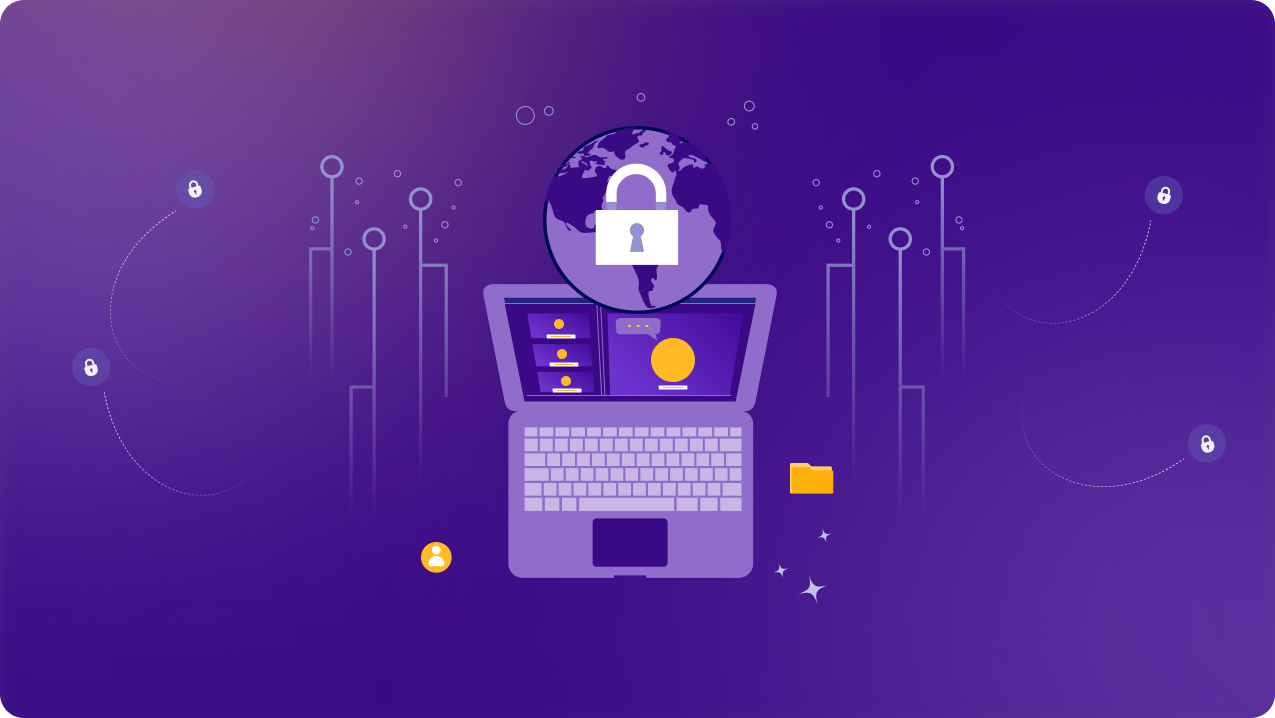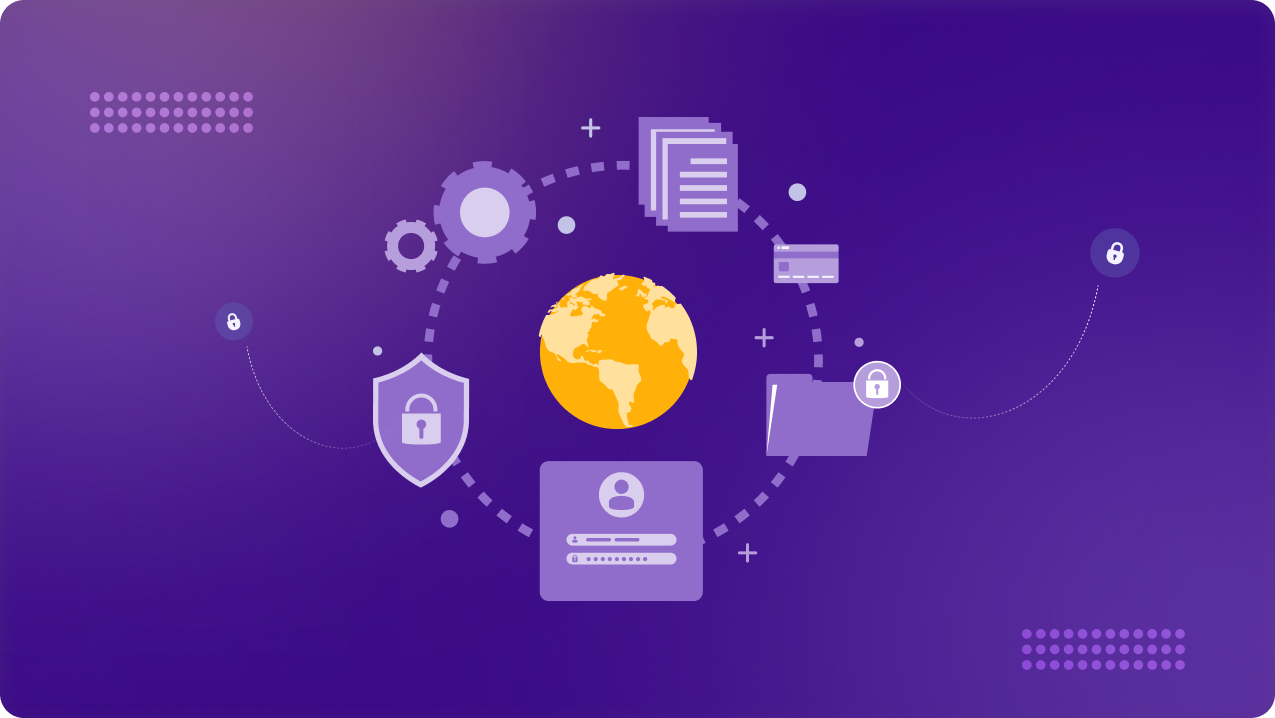Table of Contents
Contrary to popular belief, remote work isn’t going anywhere — in fact, it’s constantly changing. Remote work is the new normal for most employees, software development team specifically and much of that started after the pandemic. But while the flexibility and global talent pool are game-changers, the shift’s also opened the floodgates to a raft of security challenges.
Just think about it: your team is spread between cities, countries or even continents, accessing sensitive code and customer data from kitchens, coffee shops and co-working spaces. The stakes are high, and the risks are real. When it comes to software development teams, a company’s intellectual property and the trust of its customers are at stake. A single security breach could lead to losses in the millions and do lasting harm to a company’s image.
On the bright side, creating a robust security culture for remote work isn’t just about steering clear of disasters. It’s about giving your team the power to work with confidence and safety – no matter where they are working from.
Why Security Can’t Be an Afterthought for Remote Development Teams
Software development teams don’t just handle spreadsheets or emails, they manage source code, proprietary algorithms, and sensitive customer data. One small mistake—like a developer accidentally sharing API keys in a public repo or using unsafe WiFi—can lead to big security problems.
Here’s the truth:
- In 2024, a data breach costs companies an average of $4.88 million—and remote work often makes things worse.
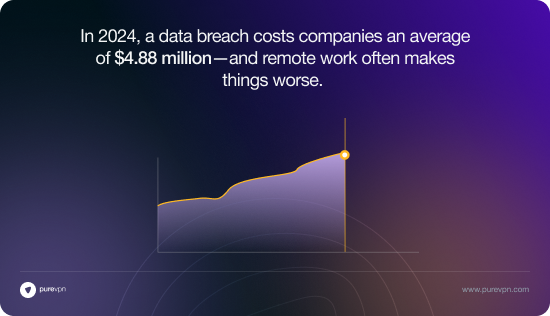
- When remote work is involved, a breach can cost about $173,000 more on average.
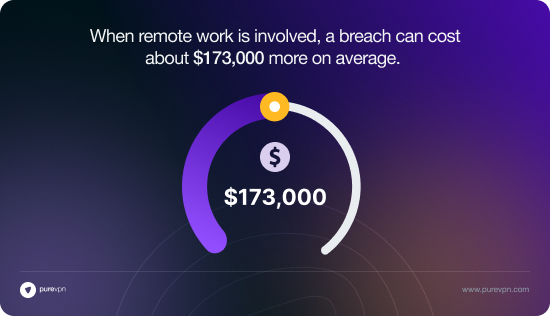
- 82% of breaches happen because of human mistakes, like falling for phishing emails or using weak passwords.
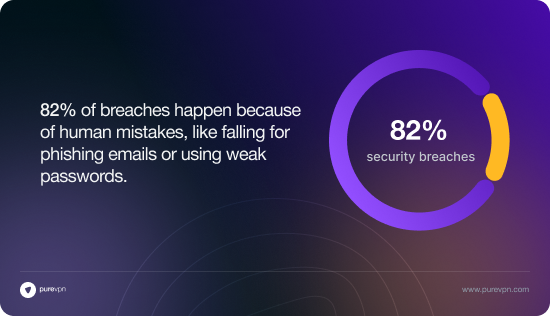
These numbers aren’t to scare you—they’re a reminder. The real question isn’t if your team needs better security, but how soon you can put it in place.
Steps to Build a Remote Work Security Culture
Here are key steps to ensure your software development team stays secure in a remote work environment.
1. Set Clear and Simple Security Rules
If your team doesn’t know the rules, mistakes happen. A developer might use a personal laptop, connect to public WiFi, or send sensitive info without protection. The fix? Make security rules that are easy to follow.
What to Include:
- Device Rules: Use company-approved devices with built-in security. If personal devices are allowed, make sure they have updates, antivirus, and encryption.
- Access Control: Not everyone needs access to everything. Set up role-based access to keep sensitive data safe.
- Data Encryption: Encrypt all data, whether it’s stored or being sent. A Business VPN like PureVPN for Teams secures internet traffic, even on public WiFi.
- Incident Response: Make sure everyone knows what to do if there’s a security problem. Who do they call? What are the next steps?
2. Use Secure Collaboration Tools
Teams use different tools to share code and manage projects. But not all tools are safe. Picking the wrong ones can put your data at risk.
What to Look for:
- End-to-End Encryption – Keeps data secure from sender to receiver.
- Trusted Certifications – Choose tools that meet security standards like SOC 2, GDPR, or HIPAA.
- Access Tracking – Logs who accessed what and when, helping spot suspicious activity.
3. Train Your Team to Spot Cyber Threats
Even with the best security tools, human mistakes cause most breaches. People fall for phishing emails, reuse passwords, or download unsafe files.
What Training Should Cover:
- Phishing Scams – Teach your team how to recognize fake emails and report them.
- Password Safety – Use strong, unique passwords or password managers.
- Secure Coding – Developers should know how to avoid security flaws like SQL injection and XSS attacks.
4. Make Multi-Factor Authentication (MFA) a Must
Passwords alone aren’t enough. MFA adds another step, like a one-time code, making it harder for hackers to break in.
Why MFA Matters:
- Stops 99% of automated attacks – Microsoft found that MFA blocks most hacking attempts.
- Required by many industries – Some security laws and policies recommend or require MFA.
5. Use a Business VPN for Safe Remote Access
Working from home, coffee shops, or airports? Public WiFi is risky. A Business VPN keeps your connection safe.
Why PureVPN for Teams?
- Strong Encryption – AES-256 encryption protects sensitive data.
- Fast & Secure Servers – 6,000+ high-speed servers in 65+ countries.
- Easy Team Management – Control access for up to 1,000 members from a single dashboard.
- Dedicated IPs & Servers – Assign fixed IPs or create private team servers for extra security.
- Works Everywhere – Supports Windows, macOS, Linux, and more.
6. Keep Software Updated
Hackers love outdated software—it’s an easy way in. Regular updates fix security holes and keep attackers out.
Best Practices:
- Automate updates – Set up auto-updates for software and security patches.
- Scan for weaknesses – Regularly check systems for security flaws.
- Test before updates – Try updates on test systems before rolling them out.
7. Run Security Audits Regularly
Security isn’t a one-time fix. Regular audits help find weak spots before hackers do.
How to Audit Security:
- Check security rules – See what’s working and what needs improvement.
- Review access logs – Remove access for people who don’t need it.
- Test your response – Run a drill to see how your team handles an attack.
8. Make Security Everyone’s Job
Security isn’t just the IT team’s problem. Everyone plays a role in keeping the company safe. Build a strong security culture by rewarding good habits, encouraging threat reporting without fear, and leading by example.
Conclusion
Remote work isn’t going anywhere, and security needs to come first. A Business VPN like PureVPN for Teams keeps your team safe online, no matter where they work. Clear rules, the right tools, and a team that cares about security make all the difference.
It’s not just about keeping data safe—it’s about helping your team work better. Start now!


